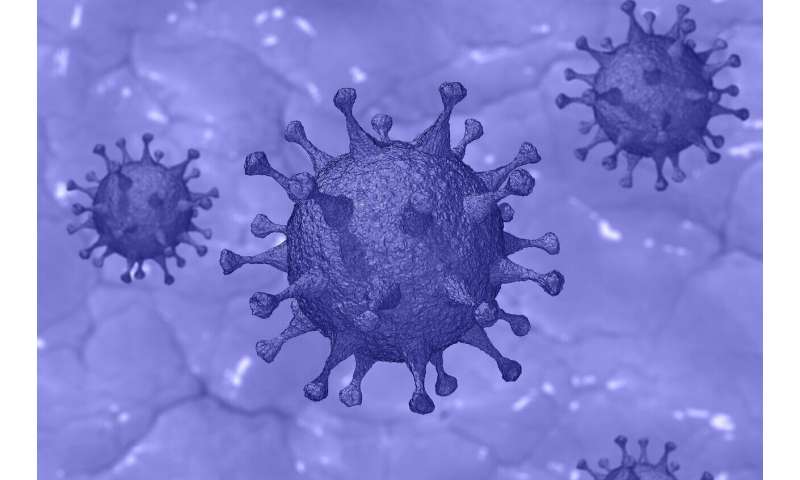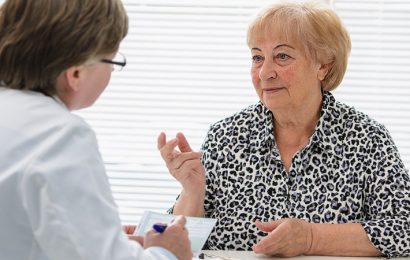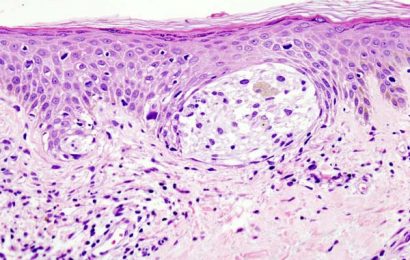
A new study lead by Helmholtz Zentrum München indicates a six-fold higher SARS-CoV-2 exposure rate among children in Bavaria, Germany, than reported cases. This highlights the value of population-based antibody screenings for pandemic monitoring. The study also describes a novel approach to measuring antibodies against SARS-CoV-2 with high accuracy.
Novel approach to measuring antibodies against SARS-CoV-2
Current antibody testing strategies are known for their lack of specificity, leading to a large proportion of false positive results. German researchers lead by Prof. Anette-G. Ziegler at Helmholtz Zentrum München developed a novel approach to measuring antibodies against SARS-CoV-2 by defining antibody positivity as a dual-positive response against both the receptor binding domain and nucleocapsid proteins of the virus. This two-step approach allows for more accurate test results, close to a 100% specificity and greater than 95% sensitivity.
As Ziegler and her group have already been conducting a large-scale screening study for pre-symptomatic type 1 diabetes in children, “Fr1da,” they could easily and quickly apply this novel testing approach for SARS-CoV-2 antibodies to their existing study infrastructure.
Results of the SARS-CoV-2 antibody screening
Between January 2020 and July 2020, the researchers tested blood samples of almost 12,000 children in Bavaria aged one to 18 (who were participants of the Fr1da study) for SARS-CoV-2 dual-antibody positivity. They detected an average antibody frequency of 0.87% from April to July. In comparison to the incidence of virus positive cases reported by the Bavarian Health and Food Safety Authority (in children in Bavaria aged 0 to 18 years from April to July), these antibody frequencies were six-fold higher.
The results showed no differences in sex or age. Almost half (47%) of the antibody-positive children were asymptomatic. In children with virus-positive family members, a third (35%) had antibodies, indicating a higher expected transmission rate in children compared to most previous studies. The regional results within Bavaria revealed substantial geographic differences, with the highest antibody frequency (“hot spots”) in the south of Bavaria.
The children in this study were also tested for type 1 diabetes autoantibodies, an early marker for pre-symptomatic type 1 diabetes. The researchers found no increase in the frequency of these autoantibodies. This suggests that COVID-19 and type 1 diabetes in childhood are not associated.
Implications for COVID-19 measures
“Our study delivered important results revealing the discrepancy between reported virus positive cases and antibody prevalence,” says Markus Hippich, who conducted the study as first-author and postdoc at Helmholtz Zentrum München. “As many individuals, in children almost half, do not show COVID-19 symptoms and therefore do not get tested, virus testing only is not a sufficient approach to receive reliable data on the actual virus exposure.”
Prof. Anette-G. Ziegler who lead the study adds: “National antibody screening programs with high specificity and sensitivity could provide countries reliable data to prepare for the future, help them contain the virus spread and monitor the impact of their regional and national containment policies.”
Dashboard
The study results including information on the geographical spread of antibody frequency is available on the study’s dashboard. The numbers will be updated on a monthly basis.
Limitations
Source: Read Full Article


